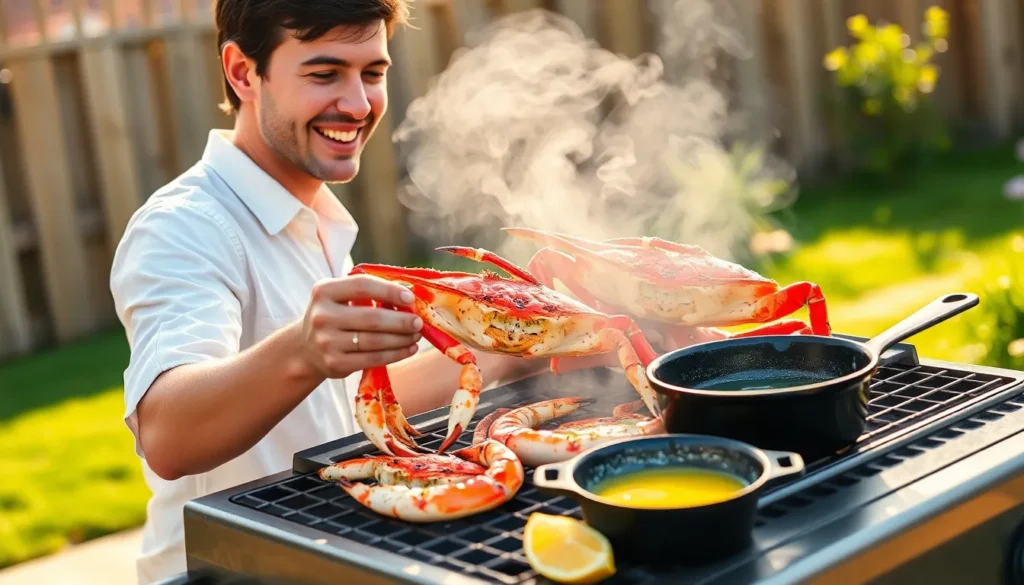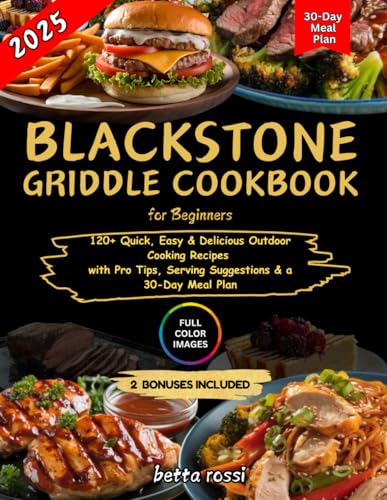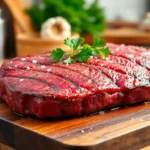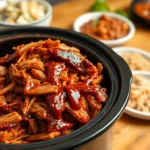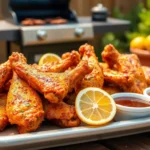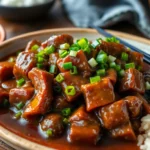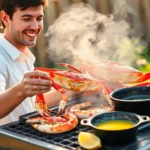Nothing beats the sweet succulent taste of perfectly grilled king crab legs that’ll have your taste buds dancing with joy. We’ve mastered the art of transforming these ocean treasures into a restaurant-quality masterpiece right in your backyard. The smoky char from the grill enhances the crab’s natural sweetness while keeping the meat incredibly tender and juicy.
Grilling king crab legs isn’t just about cooking – it’s about creating an unforgettable dining experience that’ll impress your family and friends. We’ll show you exactly how to achieve that perfect balance of smoky flavor and buttery richness that makes every bite absolutely irresistible.
Our foolproof grilling method ensures you’ll never overcook these precious crustaceans again. With just a few simple ingredients and our expert techniques you’ll be serving up crab legs that rival the finest seafood restaurants. Get ready to elevate your grilling game and create memories around the dinner table that’ll last a lifetime.
Ingredients
We keep our grilled king crab legs recipe simple with just a few high-quality ingredients that let the natural sweetness shine through. Our ingredient list focuses on improving rather than masking the delicate crab flavor.
For the Crab Legs:
- 2 pounds king crab legs (thawed if frozen)
- 2 tablespoons olive oil
- 1 teaspoon garlic powder
- 1/2 teaspoon paprika
- 1/4 teaspoon black pepper
- 1/4 teaspoon sea salt
For the Garlic Butter Sauce:
- 1/2 cup unsalted butter
- 4 cloves fresh garlic (minced)
- 2 tablespoons fresh lemon juice
- 1 tablespoon fresh parsley (chopped)
- 1/4 teaspoon red pepper flakes (optional)
For Serving:
- Lemon wedges
- Additional melted butter
- Fresh parsley sprigs
We recommend selecting king crab legs that feel heavy for their size and have a bright red color. Frozen crab legs work perfectly for this recipe and should be completely thawed before grilling. Our olive oil creates the perfect base for our dry rub while helping the seasonings adhere to the shell. The garlic butter sauce adds richness that complements the smoky grilled flavor without overwhelming the delicate crab meat.
Equipment Needed
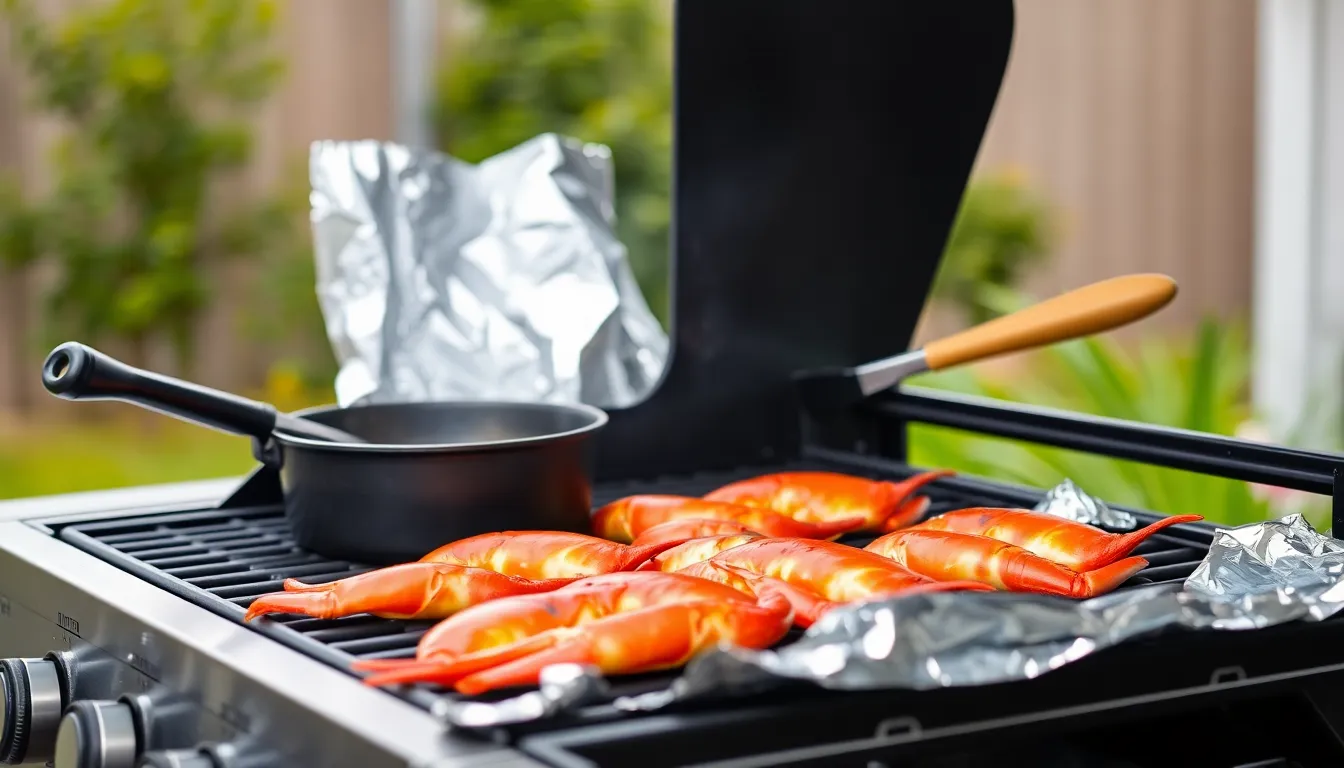
Successfully grilling king crab legs requires the right tools to achieve that perfect balance of smoky char and tender meat. We’ve compiled a comprehensive list of essential equipment that will make your grilling experience seamless and enjoyable.
Essential Grilling Equipment:
- Grill (gas, charcoal, or pellet grill) – capable of maintaining medium-high heat around 375°F (191°C)
- Small cast iron or heat-safe saucepan – for melting herb butter directly on the grill
- Tongs or grill spatula – for safe handling and turning of delicate crab legs
- Aluminum foil sheets – optional for wrapping crab legs if preferred
- Basting brush or spoon – for applying herb butter during cooking
Additional Tools for Best Results:
- Meat thermometer – optional but helpful to check crab heat without overcooking
- Serving platter and utensils – for elegant presentation at the table
The cast iron saucepan serves a dual purpose in our recipe, allowing us to melt the garlic herb butter directly on the grill while the crab legs cook. This technique ensures our butter stays warm and perfectly infused throughout the cooking process.
Our tongs become crucial for handling the delicate crab shells without damaging the precious meat inside. Quality tongs with a good grip prevent any unfortunate drops between grill grates.
Most home grills work perfectly for this recipe, whether you prefer the convenience of gas or the authentic flavor of charcoal. The key lies in maintaining consistent medium-high heat rather than the exact grill type we choose.
Prep Work
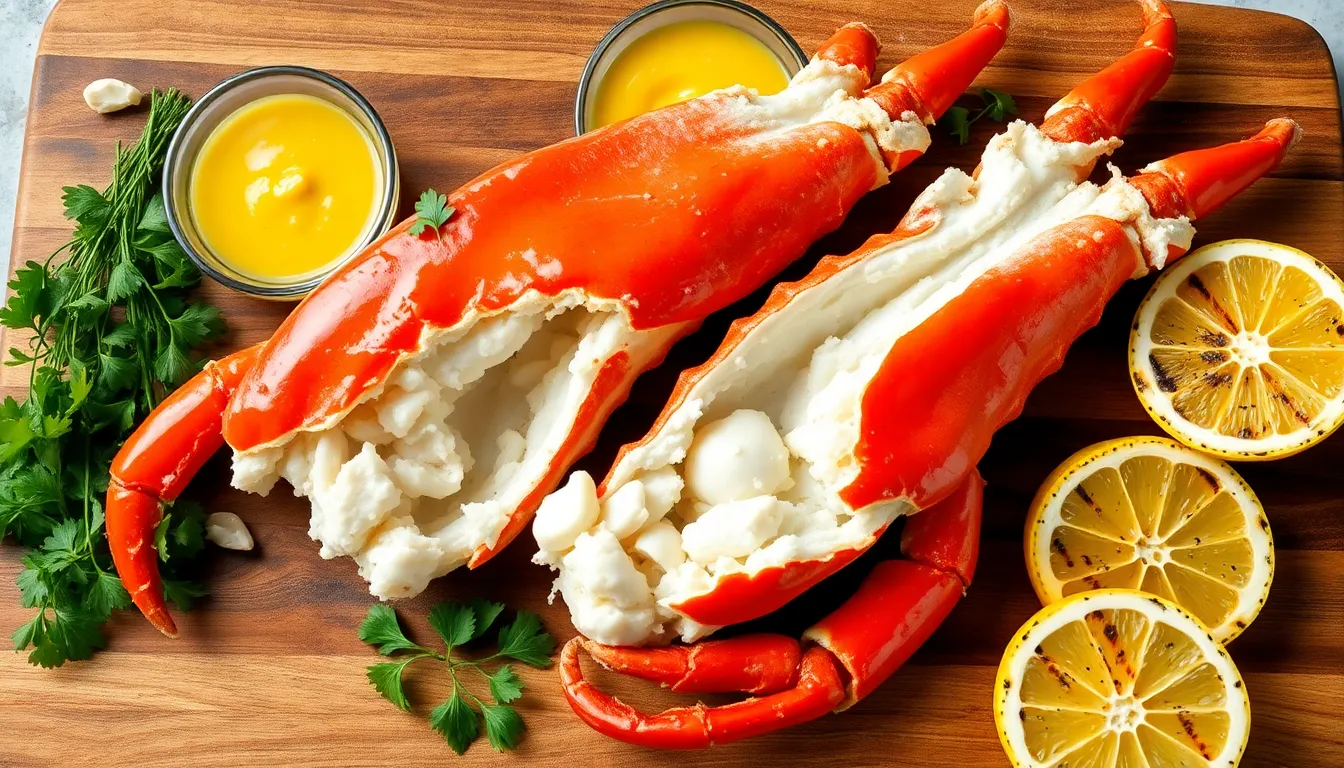
Proper preparation sets the foundation for perfectly grilled king crab legs. We’ll walk through the essential steps to ensure your crab legs are ready for the grill and packed with flavor.
Thawing the Crab Legs
Frozen crab legs require overnight thawing in the refrigerator for optimal results. This slow thawing method ensures even heating and maintains the tender texture we want when grilling. We can also thaw them under cold running water if time is limited. The key is achieving complete thawing before grilling to prevent uneven cooking and tough meat.
Cleaning and Splitting
Pre-split king crab legs offer the best flavor penetration and easier meat access during grilling. When our crab legs aren’t already split, we use kitchen shears to cut along the underside shell and expose the meat. This splitting technique allows butter and seasonings to soak directly into the crab meat while cooking. The exposed meat also makes serving much simpler for our guests.
Preparing the Butter Sauce
Our seasoned garlic butter combines ½ cup melted butter with minced garlic, fresh lemon juice, and chopped herbs like basil. We enhance this mixture with garlic powder or seafood rub for deeper flavor complexity. This butter serves double duty as both a basting sauce during grilling and a dipping sauce for serving.
For an elevated option, we grill lemon halves cut-side down until they develop attractive sear marks. Squeezing this charred lemon juice into melted butter creates a smoky citrus dipping sauce that perfectly complements the grilled crab legs. The charred lemon adds an extra layer of grilled flavor that ties the entire dish together.
Grilling Instructions
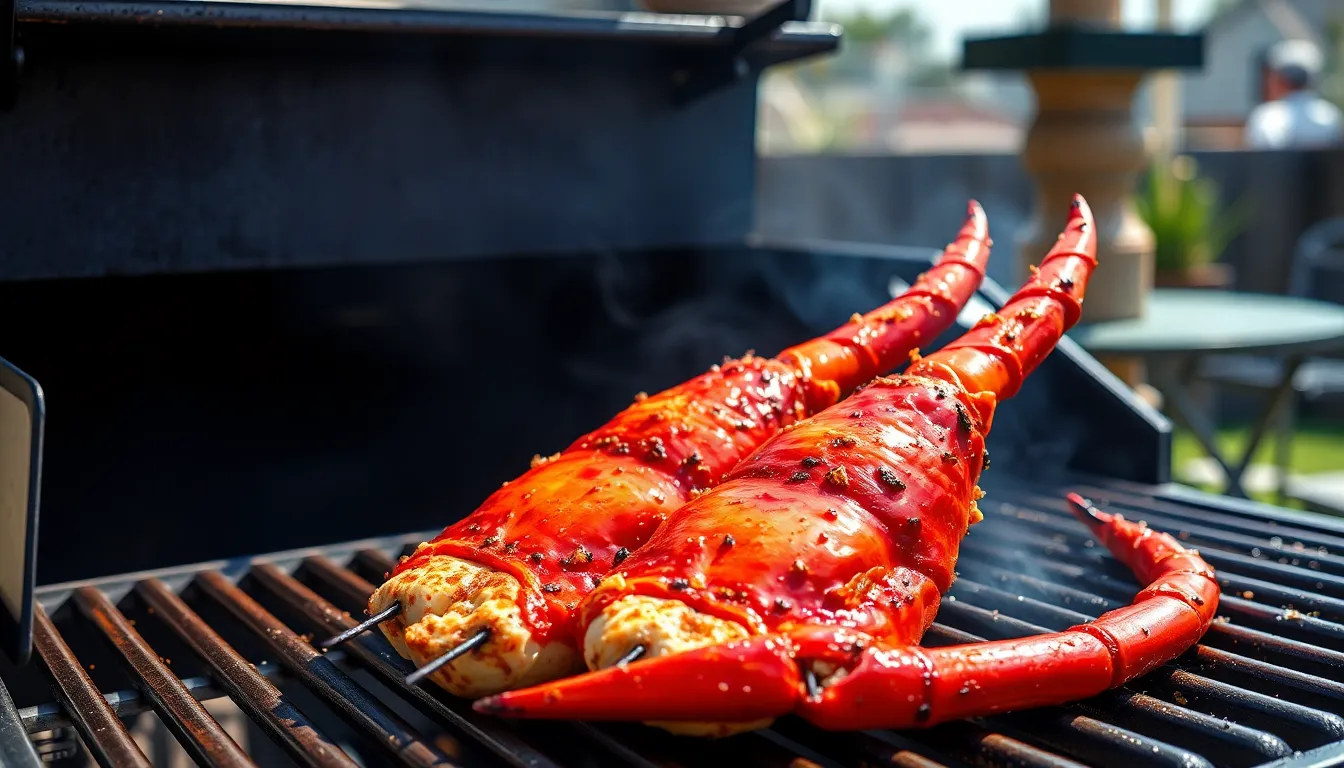
Now that we have our crab legs prepped and seasoned, it’s time to fire up the grill and create that perfect balance of smoky flavor and tender meat. These step-by-step instructions will ensure your king crab legs turn out perfectly every time.
Preheating the Grill
We need to establish the right temperature for our grilling method before placing the crab legs on the grates. For medium-high heat grilling, we aim for 300-375°F, which works perfectly for quickly reheating pre-cooked crab legs while adding that coveted grill flavor.
If we prefer a gentler approach with indirect low heat cooking, we set our grill to around 225°F. This temperature works ideally for slowly warming split crab legs in seasoned garlic butter without risk of overcooking.
Allow 10-15 minutes for gas grills to reach proper temperature, or wait until charcoal develops a medium glow with white ash coating for charcoal grills.
Grilling the Crab Legs
We place our prepared crab legs directly on the preheated grill grates, positioning them perpendicular to the grates to prevent falling through. For higher heat grilling at 300-375°F, we cook the legs for 4-7 minutes per side, turning them once with our tongs to ensure even heating.
Split crab legs benefit from shell-side-down placement when using the low-temperature method at 225°F. We cover the grill and allow them to cook for 25-30 minutes until heated through completely.
Another effective technique involves wrapping the crab legs in foil packets, which gently steams and heats them on the grill for approximately 20 minutes. This method works particularly well for those who want extra tender results.
We baste the crab legs with our prepared garlic butter during the final few minutes of cooking to enhance flavor and create an appealing glaze.
Checking for Doneness
Since king crab legs come pre-cooked, we focus on ensuring they’re heated thoroughly rather than cooking raw meat. The crab meat should appear opaque and feel hot throughout when we check with a fork or knife tip.
Visual cues tell us when our crab legs are ready: the shells brighten to a vibrant pink-orange color, and any visible meat appears white and opaque. We avoid overcooking, which can make the delicate meat tough and rubbery.
A meat thermometer inserted into the thickest part of the leg should read 145°F for optimal serving temperature. The meat should easily separate from the shell when we test a small section with our tongs.
Serving Suggestions
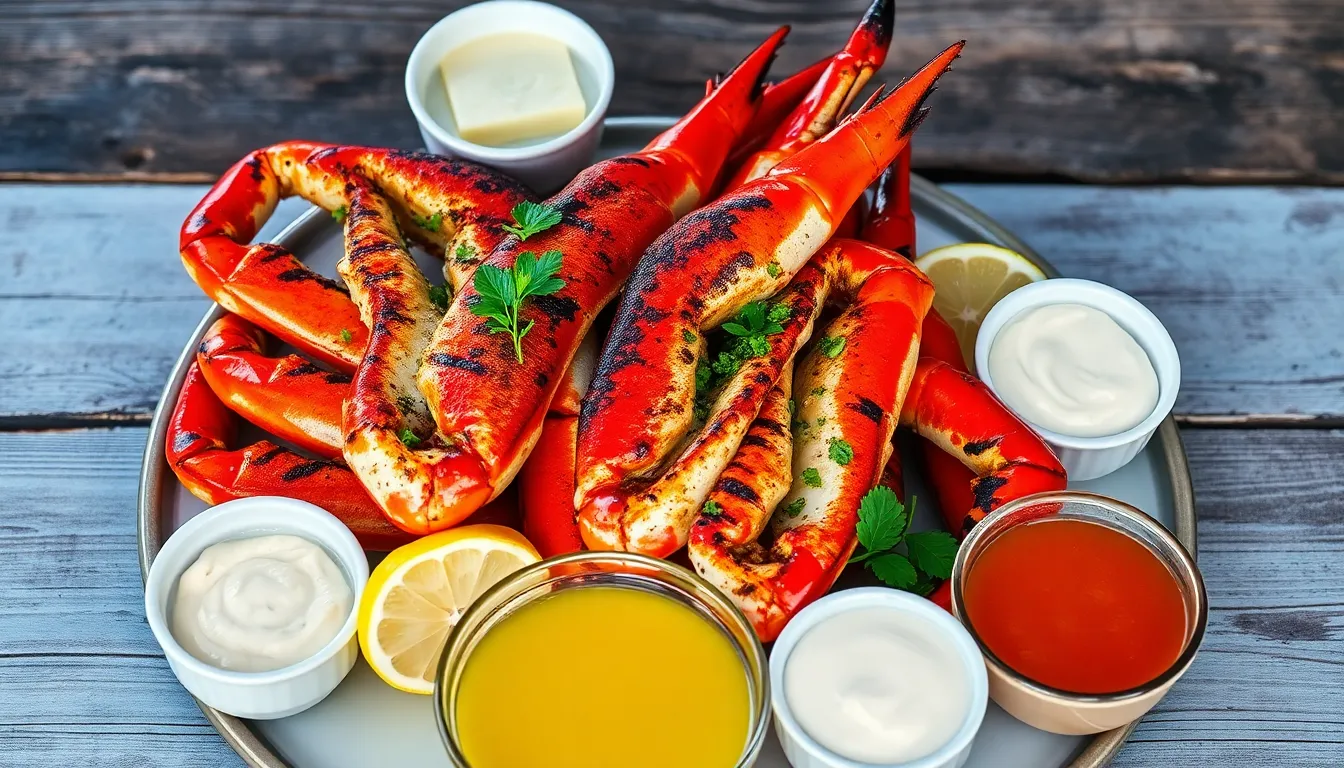
Our perfectly grilled king crab legs deserve thoughtful accompaniments and presentation to create an unforgettable dining experience. We recommend these serving strategies to maximize flavor and visual appeal.
Accompaniments
We pair our grilled king crab legs with melted herb garlic butter as the essential dipping sauce that enhances the natural sweetness of the crab meat. Fresh lemon wedges provide a bright acidic contrast that cuts through the richness while adding a burst of citrus flavor.
A sprinkle of flaky sea salt and freshly cracked black pepper elevates the overall taste profile without overwhelming the delicate crab flavors. We balance the richness of the dish by serving grilled vegetables such as asparagus or zucchini alongside the crab legs.
Corn on the cob makes an excellent side dish that complements the seafood theme while providing a sweet contrast. Light salads with mixed greens and vinaigrette dressing help cleanse the palate between bites of rich crab meat.
Garlic bread or crusty French bread serves a practical purpose by soaking up the flavorful herb butter while adding textural variety to the meal. We offer chilled seafood cocktail sauce or tangy aioli as alternative dipping options for guests who prefer different flavor profiles.
Light white wines such as Sauvignon Blanc pair beautifully with the sweet crab meat while sparkling wines like Champagne add elegance to the dining experience.
Presentation Tips
We arrange our grilled king crab legs on a shallow platter to showcase the bright red shells and make them easily accessible to diners. Fresh herbs such as parsley or chives provide beautiful color contrast when used as garnish alongside bright lemon wedges.
Small seafood forks or crab crackers become essential tools when shells are not pre-split during preparation. We use heat-resistant serving dishes to maintain the optimal temperature throughout the meal and prevent the crab from cooling too quickly.
Our final touch involves drizzling extra seasoned butter over the exposed crab meat just before serving to create an appealing gloss and enhance the aromatic experience. We position dipping sauces in small bowls around the platter for easy access while maintaining an organized presentation.
Warm dinner plates help keep individual portions at the proper serving temperature while cloth napkins or wet towels assist guests in cleaning their hands between courses.
Storage and Reheating
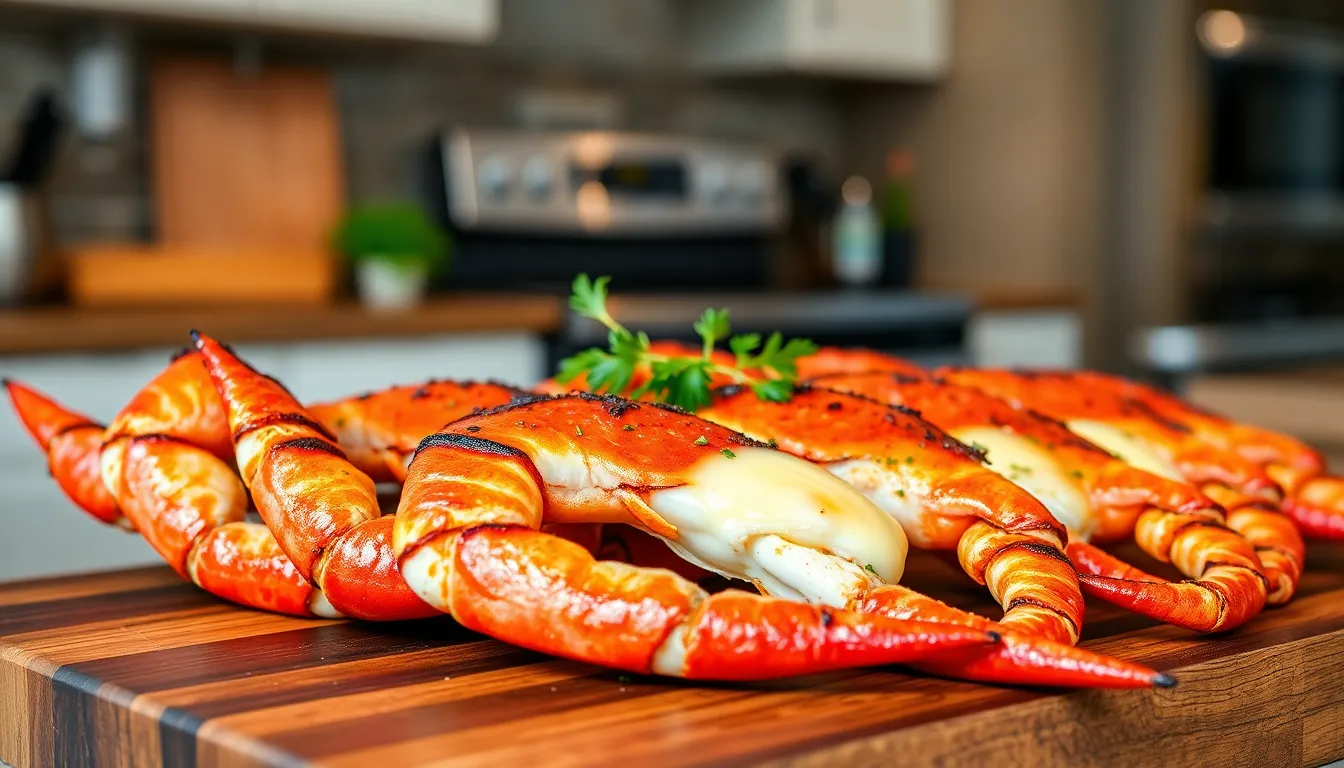
Proper storage transforms our leftover grilled king crab legs into tomorrow’s delicious meal. We cool the crab legs to room temperature before placing them in airtight containers or wrapping them tightly in aluminum foil or plastic wrap. Our refrigerator keeps these treasures fresh for 2-3 days while maintaining their quality and flavor.
Storing Leftover Crab Legs
| Storage Method | Time Limit | Temperature |
|---|---|---|
| Airtight containers | 2-3 days | Refrigerated |
| Foil wrapped | 2-3 days | Refrigerated |
| Plastic wrap | 2-3 days | Refrigerated |
Room temperature cooling prevents condensation from forming inside our storage containers. We avoid leaving crab legs at room temperature for more than two hours to prevent bacterial growth. Tight wrapping preserves moisture and prevents the crab meat from absorbing other refrigerator odors.
Reheating Methods
Gentle reheating preserves the tender texture we worked so hard to achieve on the grill. We use low heat methods to avoid overcooking and drying out the delicate crab meat.
Steam reheating works beautifully for maintaining moisture. We place the crab legs in a steamer basket over boiling water for 5-7 minutes until heated through. The steam gently warms the meat without compromising its texture.
Foil packet reheating recreates our original grilling environment. We wrap the crab legs in aluminum foil with a tablespoon of water or melted butter inside. Our grill or oven set to 300°F warms the packets for 10-15 minutes until the meat reaches serving temperature.
| Reheating Method | Temperature | Time | Notes |
|---|---|---|---|
| Steaming | Boiling water | 5-7 minutes | Maintains moisture |
| Foil packets | 300°F | 10-15 minutes | Add water or butter |
| Microwave | Medium power | Short intervals | Cover with damp towel |
Microwave reheating requires extra care to prevent toughness. We place the crab legs in a microwave-safe dish with a damp paper towel covering them. Short heating intervals prevent the meat from becoming rubbery while the moisture from the towel creates steam.
High heat destroys the delicate texture we created during grilling. We avoid prolonged reheating times that can make the crab meat tough and dry. Our goal remains serving crab legs that taste as fresh as when they first came off the grill.
Conclusion
We’ve shared everything you need to master the art of grilling king crab legs at home. With the right preparation techniques proper temperature control and our flavorful garlic butter sauce you’ll create restaurant-quality results every time.
The beauty of this grilling method lies in its simplicity – just a few quality ingredients and straightforward techniques deliver impressive results. Whether you’re hosting a special dinner or treating your family to something extraordinary these grilled crab legs will become your go-to recipe.
Fire up that grill and get ready to impress. Your perfectly grilled king crab legs await and we’re confident you’ll love every buttery smoky bite.
Frequently Asked Questions
How long does it take to grill king crab legs?
Grilling king crab legs typically takes 4-6 minutes per side when cooking at medium-high heat (300-375°F). Since crab legs are pre-cooked, you’re simply reheating them. For gentler cooking at low heat (225°F), allow 10-15 minutes total. The key is heating them thoroughly to an internal temperature of 145°F without overcooking.
What’s the best way to prepare king crab legs before grilling?
Start by properly thawing frozen crab legs overnight in the refrigerator or under cold running water. Clean the shells and consider splitting them lengthwise to enhance flavor penetration and make eating easier. Pat them dry and brush with olive oil, then season with garlic powder, paprika, salt, and pepper before grilling.
Should I use direct or indirect heat when grilling crab legs?
Both methods work well. Direct heat (medium-high) is faster, taking 4-6 minutes per side, perfect for quick reheating. Indirect heat (low temperature) takes longer but provides gentler cooking, reducing the risk of overcooking. For extra tenderness, consider wrapping the crab legs in foil packets with butter and seasonings.
What equipment do I need to grill king crab legs?
Essential equipment includes a grill capable of maintaining consistent heat, quality tongs or a grill spatula for safe handling, and a small cast iron or heat-safe saucepan for melting garlic butter directly on the grill. Optional items include aluminum foil for packet cooking and a meat thermometer for checking temperature.
How do I make garlic butter sauce for grilled crab legs?
Combine melted unsalted butter with minced fresh garlic, lemon juice, chopped parsley, and optional red pepper flakes. Melt this mixture in a cast iron saucepan directly on the grill to keep it warm and allow flavors to infuse. This sauce works perfectly for both basting during cooking and dipping when serving.
How can I tell when grilled crab legs are done?
Look for visual cues: the shells should be bright red and hot to the touch, with the meat appearing opaque and steaming. The internal temperature should reach 145°F. Since crab legs are pre-cooked, you’re simply reheating them, so avoid overcooking which can make the meat tough and rubbery.
What should I serve with grilled king crab legs?
Classic accompaniments include melted herb garlic butter, fresh lemon wedges, grilled vegetables, corn on the cob, and light salads. Garlic bread makes an excellent side dish. For drinks, pair with light white wines like Chardonnay or Sauvignon Blanc, or sparkling wines. Provide seafood forks and crab crackers for easier eating.
How do I store and reheat leftover grilled crab legs?
Store cooled crab legs in airtight containers or wrapped tightly in foil/plastic wrap in the refrigerator for 2-3 days. For reheating, steam them gently to preserve moisture, use foil packets in the oven or grill, or microwave on medium power with a damp paper towel. Avoid high heat to prevent toughening.

